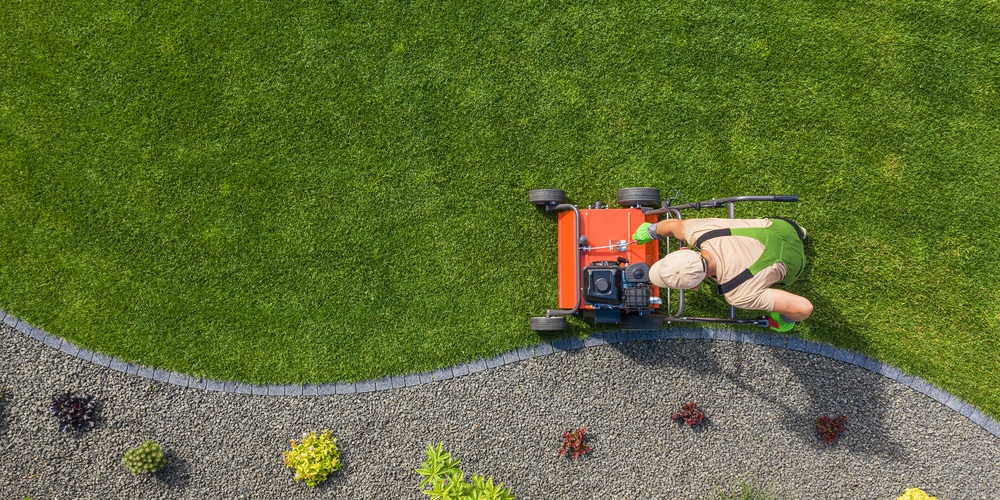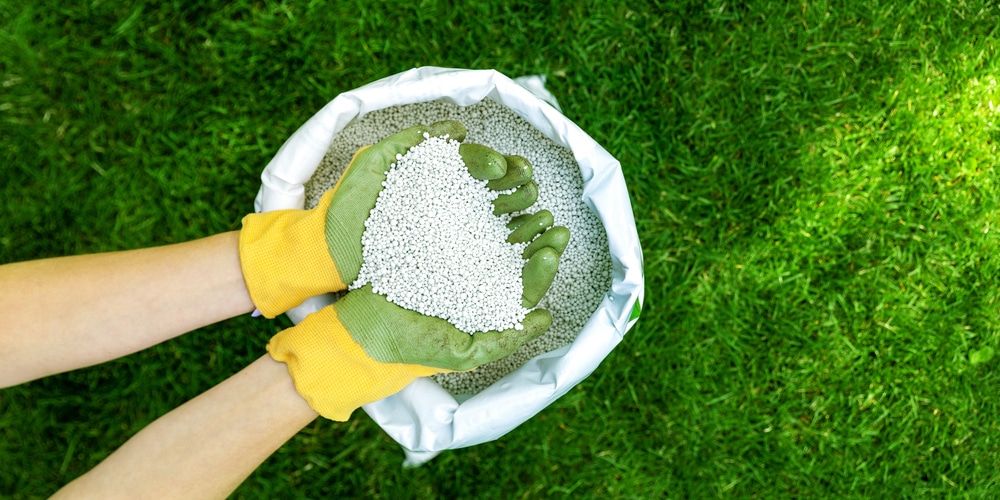Aerating, overseeding, and fertilization are all essential jobs that can help to contribute to the health of your lawn. It can be tricky to figure out when to do these jobs as the weather in Colorado seems changeable. It’s important to care for your yard, especially if the grass is starting to look thin and patchy. Your lawn’s soil may have become compacted, which can stunt the growth of your grass.
If you live in Colorado and are wondering which season to complete these jobs, read on. This article will look at when to aerate and fertilize lawns in Colorado.
When to Aerate a Lawn in Colorado
As a general rule, you should aerate your lawn in Colorado in the cooler seasons. Many homeowners aerate their yard at the beginning of Spring or in the Fall. It can often be challenging to determine when the seasons start and end if you live in Colorado.
Aerating During the Spring
Many homeowners aerate their lawn in the spring. To determine when exactly to do this job, it’s a good idea to consider what the weather was like in the winter. If it’s just been a relatively dry winter, you can aerate your lawn in early spring, once the weather starts to get a bit sunnier.
If the winter has been wet and snow is forecast, you’ll want to wait a couple of weeks before aerating your lawn. However, you shouldn’t worry if you decide to aerate your lawn, and then it snows as a bit of snow won’t affect an aerated lawn. Snow may be a concern if there are large quantities that build-up, causing the soil to compact.
Aerating in Fall
You may also like to aerate your lawn in the fall. This is particularly useful if you have cold-season grasses in your yard as they will start to put on new growth during fall. Your lawn will need to be aerated after a scorching summer to allow it to breathe for the next season. You can aerate your lawn in early October when the weather starts to cool down a bit.
When to Overseed Your Lawn in Colorado
When aerating your lawn, you can also look for any patchy, thin areas that may require overseeding. It’s best to overseed in the fall if you have cool-season grass, as this is the optimal growing time for new grass. The air will be cooling down, and there will be a supply of air in the soil which will create the ideal growing conditions for grass seeds to germinate. Here’s how to overseed a lawn.
Some people overseed in the spring, but this is not recommended if you plan to use a pre-emergent herbicide to prevent weeds such as crabgrass from invading your lawn. Herbicides can stop your new grass seeds from growing as well.
When to Fertilize Your Lawn in Colorado?
It’s vital to correctly fertilize your lawn if it’s to grow thick and healthily. Before applying fertilizer, it’s a good idea to consider your location as lawns in the Northeast may need to be fertilized at a slightly different time to those in the Great Plains or the Southwest.
Many professional gardeners recommend fertilizing your lawn four times annually if you live in Colorado. Others say that if you notice your grass looks yellow or has stunted growth, you should apply fertilizer no matter what season it is. Fertilizer can be used on your lawn in Colorado at the following times of the year:
Fertilizing in the Early Spring
Most homeowners in Colorado should begin their gardening year by fertilizing their lawn in the early spring. March or April are great months to apply fertilizer as the grassroots have started to grow. Fertilizing your lawn in the spring provides nutrients for the grass at the beginning of the growing season.
You should, however, be careful not to put too much nitrogen on your lawn as this can cause the blades of grass to grow before the roots are strong enough. This can cause your grass to wilt during the hot summer days. Find a fertilizer that’s low in nitrogen for use in the spring. Sod requires a different type of fertilizer than normal grass. Here’s the best fertilizer for sod (we think so anyway).
If your lawn looks good and seems to be growing well at the beginning of spring, it may be best not to apply fertilizer at all.
Late Spring or Early Summer Fertilising
If you decided that your lawn didn’t require fertilizer in the early spring, you might instead apply fertilizer in May or early June. Some homeowners choose to give their lawn a second dose of fertilizer in early June if they fertilized in the early spring.
It’s best to choose a fertilizer which high levels of potassium at this time of year. Also, look for one with slow-release nitrogen. These two factors will help to strengthen your lawn and can also help it stay green during the hot, dry summer to come.
Mid-Summer Feedings
You can also fertilize your lawn during the summer months if your yard has cool-season grasses, like many Colorado homes. Common cool-season grasses include bluegrass or perennial ryegrass, which are semi-dormant in the summer and require lots of nitrogen and can be fertilized in August.
Warm-season grasses such as Bermuda grass or blue grama can be fertilized in July. When fertilizing in hot weather, you’ll need to water your lawn to stop the fertilizer from burning your grass.
Fall Fertilizer
The most crucial time to fertilize your lawn in Colorado is in the fall. Most homeowners in Colorado have cool-season grasses which require fertilizer at the start of their growing season in September or October.
Fertilizing in fall will help your grass stay healthy throughout the winter and will also give it a better start next spring. It’s best to use a high-nitrogen fertilizer in the fall.
Conclusion
Taking good care of your lawn by aerating it annually, overseeding any thin patches, and providing fertilizer at regular intervals can help improve the health of your lawn. If you’re looking to have a lush, green lawn that looks healthy, getting these three jobs right will help you create the perfect yard!

